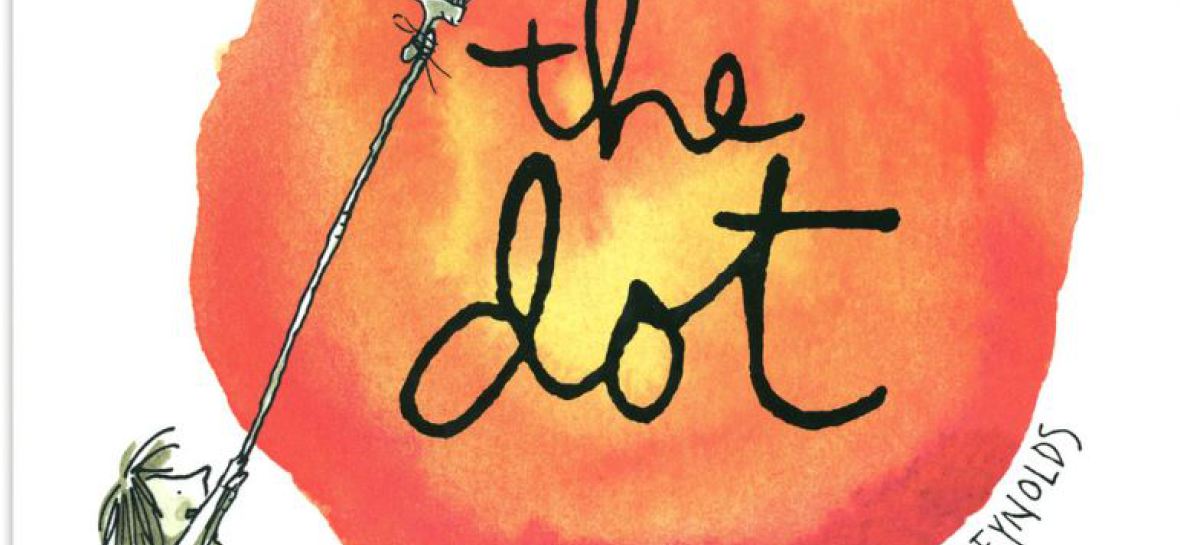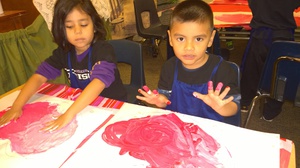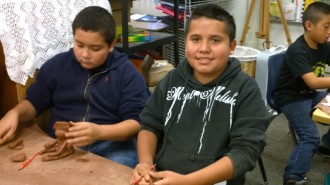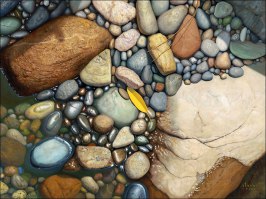

- I am an Artist; Arranging Stones
- Nature of Line Painting with Water
- I am Line; Drawing in Sand
- Oh, to be a Dog!
- The Cat's Pajamas
- Artists in School:Arranging Flowers
- Artists at Home
- Down on the Farm
- Pumpkin Patch Fun
- Leaf Printing
- Owl Babies
- Thanksgiving
- Gingerbread man
- Snowy Day
- Shadows
- Imagine a Miro
- Paint the Sky
- Spring has Sprung
- Blossoms and Bees
- The Hatching
- Snail Spells & Spirals
|
C |
Creating |
|---|
National Standards:
Engage in exploration and imaginative play with materials
Collaboratively engage in creative art making in response to an art making problem.
Through experimentation build skills in various media and approaches to art making.
Identify safe and non-toxic art materials, tools, and equipment
Create art that represents natural and constructed environments.
Explain the process of making art while creating.
Create art that tells a story about a life experience.
CA Visual Art Standards
- 2.1 Use lines, shapes/forms, and colors to make patterns.
- 2.2 Demonstrate beginning skill in the use of tools and processes, such as the use of scissors, glue, and paper in creating a three-dimensional construction.
- 2.3 Make a collage with cut or torn paper shapes/forms.
- 2.4 Paint pictures expressing ideas about family and neighborhood.
- 2.5 Use lines in drawings and paintings to express feelings.
- 2.6 Use geometric shapes/forms (circle, triangle, and square) in a work of art.
- 2.7 Create a three-dimensional form, such as a real or imaginary animal.
|
A |
Articulating |
CA Visual Art Standards: Derive Meaning
- 4.1 Discuss own works of art using appropriate art vocabulary (e.g., color, shape/form, texture.)
4.2 Describe what is seen (including both literal and expressive content) in selected works of art.
.
Role and Development of the Visual Arts
- 3.1 Describe functional and nonutilitarian art seen in daily life; that is, works of art that are used versus those that are only viewed.
- 3.2 Identify and describe works of art that show people doing things together.
Diversity of the Visual Arts
- 3.3 Look at and discuss works of art from a variety of times and places.
|
F |
Finding Connections |
-
Connections and Applications
- 5.1 Draw geometric shapes/forms (e.g., circles, squares, triangles) and repeat them in dance/movement sequences.
- 5.2 Look at and draw something used every day (e.g., scissors, toothbrush, fork) and describe how the object is used.
-
Visual Literacy
- 5.3 Point out images (e.g., photographs, paintings, murals, ceramics, sculptures) and symbols found at home, in school, and in the community, including national and state symbols and icons.
-
Careers and Career-Related Skills
- 5.4 Discuss the various works of art (e.g., ceramics, paintings, sculpture) that artists create and the type of media used.
- Explain what an art museum is and how it is different from other buildings.
|
E |
Evaluating the Art |
Explain reasons for selecting a preferred artwork.
Select art for personal portfolios and display, explaining why they were chosen.
Explain the purpose of portfolio or collection.
Make Informed Judgments
- 4.3 Discuss how and why they made a specific work of art.
- 4.4 Give reasons why they like a particular work of art they made, using appropriate art vocabulary
Artful Teaching
Mrs. Schellenberg & Young Artists
Ralph Waldo Emerson's Poem: Success- to leave the world a bit better, whether by a healthy child, a garden patch or a redeemed social condition; To know even one life breathed easier because of you.
Thank you AT&T
We used the wiring for our artful galimotos





